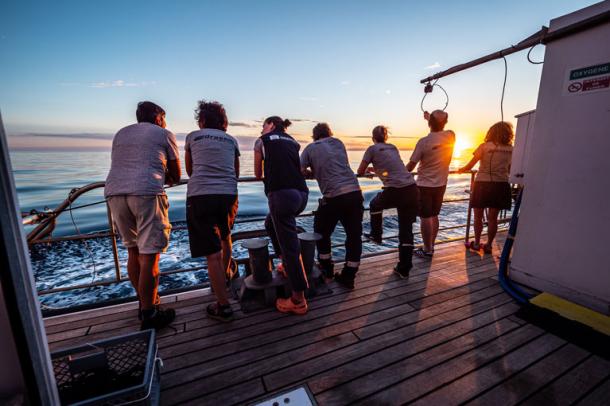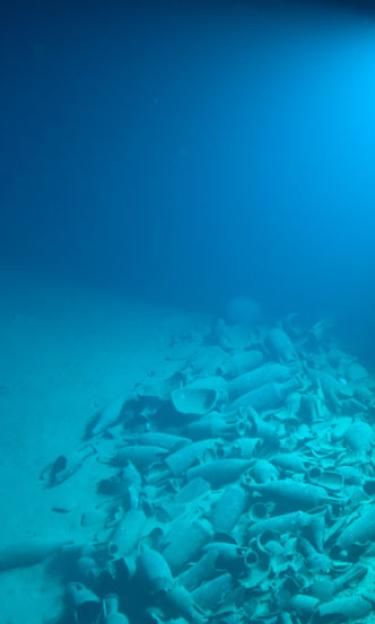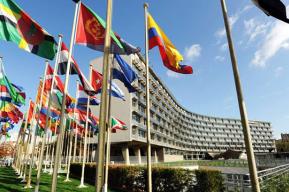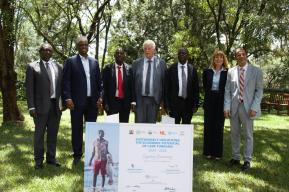Article
Archeological expedition to explore shipwrecks in the Skerki Bank

Underwater heritage is vulnerable to exploitation, trawling and fishing, trafficking and the impacts of climate change. This Multilateral Underwater Archaeological Mission under the Framework of UNESCO in the Skerki Bank and the Sicilian Channel aims to demarcate the precise zone in which many shipwrecks lie document and study all the artefacts with the goal of protecting this shared cultural heritage.
Unprecedented International Cooperation
This is the largest and most ambitious international mission ever conducted under the aegis of UNESCO to protect underwater cultural heritage. In the framework of the 2001 Convention on the Protection of The Underwater Cultural Heritage, this project brings together Algeria, Croatia, Egypt, France, Italy, Morocco, Spain and Tunisia. It takes place in Italian territorial waters, under the coordination of Italy, and then in Tunisian territorial waters under the coordination of Tunisia.
Throughout the project, specific work involves:
- Estimating, mapping and cataloguing the underwater cultural heritage
- Defining potential and delimitation of the main/central protection zone
- Training experts, students and professionals in the methods of underwater archaeological surveys
- Conditioning, reporting and documenting the conservation of some wrecks that were discovered during the American expeditions.
- Carrying out a survey of shallow sites that may have been looted
- Preparing of a framework for the protection and enhancement of the area's heritage
- Establishing a best practice in the implementation of the 2001 Convention to demonstrate its operationality, effectiveness and developing a model procedure applicable to other cases of cooperation on underwater cultural heritage elsewhere in the world.
Itinerary
21/08 – The Alfred Merlin scientific research vessel departs from La-Seyne-sur-Mer, France
24/08 to 27/08 – Underwater survey mission coordinated by member state Italy, on the northern edge of the Skerki Bank (Italian continental shelf) to report and document the conservation of shipwrecks.
28/08 to 3/09 – Underwater survey mission, coordinated by member state Tunisia, on the Skerki Bank area (Tunisian continental shelf) to estimate, map and document the underwater cultural heritage.
3/09 – Arrival of the ship in Bizerte, Tunisia to mark end of exploration phase.
6/09 – Return to La-Seyne-sur-Mer, France.










